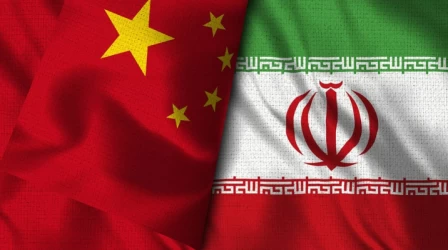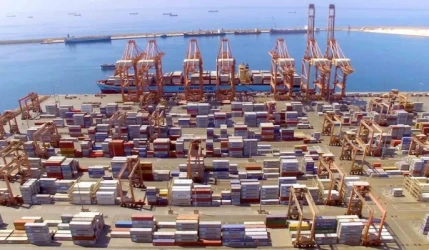Sea freight in the port of Sudan
Port Sudan, located on the western coast of the Red Sea, is one of North Africa's most significant ports. Its strategic geographical position makes it a critical hub for maritime transport, linking Africa, Asia, and Europe. This article explores the maritime transport landscape in Port Sudan, examining its infrastructure, economic impact, challenges, and future prospects.
1. Geographical Position and Strategic Importance of Port Sudan
Port Sudan's location along the Red Sea provides it with direct access to one of the world's busiest maritime routes. This port serves not only as a key transit point for Sudan’s trade but also as a crucial gateway for landlocked countries in the region. With its proximity to the Suez Canal, Port Sudan plays a vital role in facilitating international trade and maritime logistics. The port's significance extends beyond national borders, making it an essential link in the global supply chain.
2. Infrastructure of Port Sudan
Port Sudan boasts a range of infrastructure facilities that support maritime operations. The port has several deep-water berths capable of accommodating large container ships, bulk carriers, and oil tankers. Modern cargo handling equipment, warehouses, and logistics services enhance the efficiency of loading and unloading operations. Over the years, efforts have been made to upgrade and modernize the port’s infrastructure to meet the growing demands of international trade and improve operational efficiency.
3. Economic Role of Port Sudan
The economic significance of Port Sudan cannot be overstated. It serves as the primary outlet for Sudan's exports, including oil, agricultural products, and minerals, while also being a key entry point for imports of consumer goods and industrial supplies. The port's strategic location facilitates the transit of goods from East African countries to Asia and Europe, boosting regional trade. As a result, Port Sudan is crucial for the economic development of Sudan and its neighboring countries, generating employment and contributing to local economies.
4. Challenges in Maritime Transport at Port Sudan
Despite its advantages, maritime transport in Port Sudan faces several challenges. One major issue is the need for continued investment in port infrastructure and logistics systems to keep pace with increasing trade volumes. Additionally, political instability and economic uncertainty within Sudan can hinder trade and deter foreign investment. Furthermore, fluctuations in currency value and international sanctions may pose additional obstacles to the efficient operation of the port and its capacity to compete with other regional ports.
5. Future of Maritime Transport in Port Sudan
The future of maritime transport in Port Sudan appears promising, provided that the necessary investments and improvements are made. The Sudanese government, in collaboration with international partners, is focused on enhancing the port’s capabilities through modernization and expansion projects. Increasing international cooperation and trade agreements with neighboring countries could further strengthen Port Sudan's position as a vital maritime hub. Moreover, leveraging technological advancements in logistics and shipping can enhance operational efficiency and customer service.
Conclusion
Port Sudan plays a critical role in the maritime transport sector, serving as a key gateway for trade between Africa, Asia, and Europe. Its strategic location, combined with the potential for infrastructure development and economic growth, positions it as a significant player in the global maritime landscape. However, addressing existing challenges through investment and international cooperation will be essential for realizing the full potential of Port Sudan. With the right strategies in place, the port can contribute significantly to Sudan's economic prosperity and regional trade dynamics.
If you have any specific questions or need further assistance, feel free to ask!











